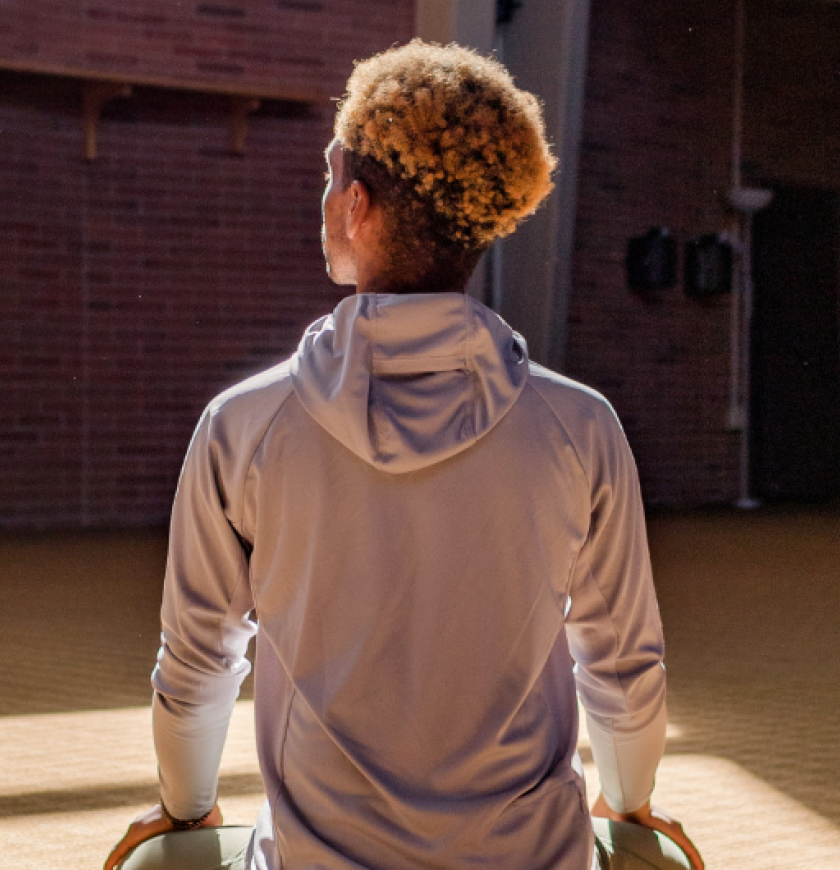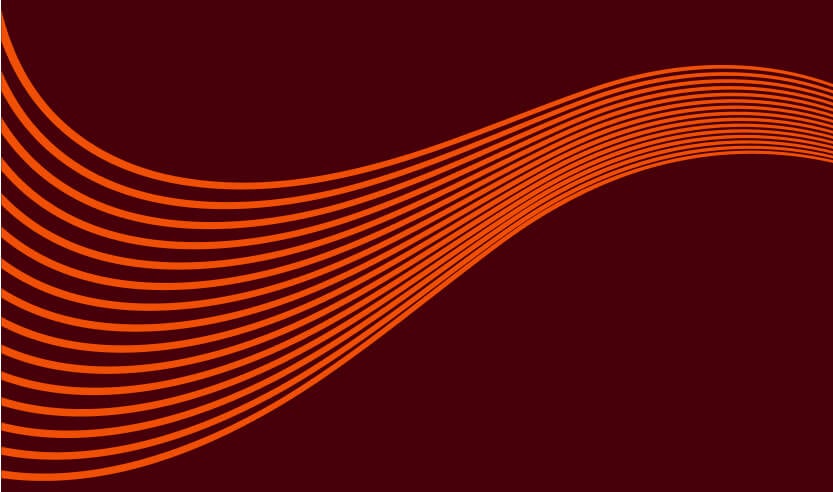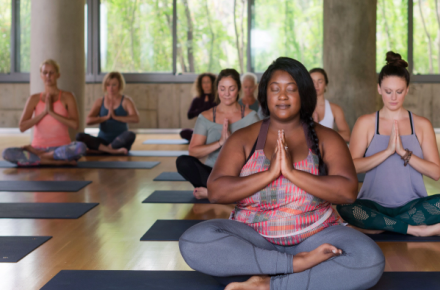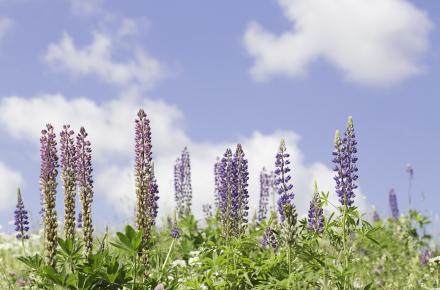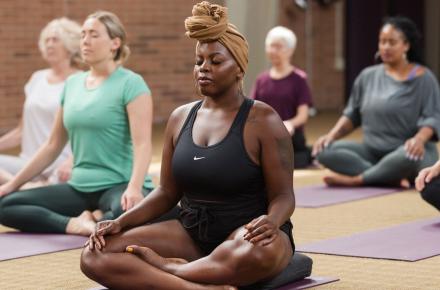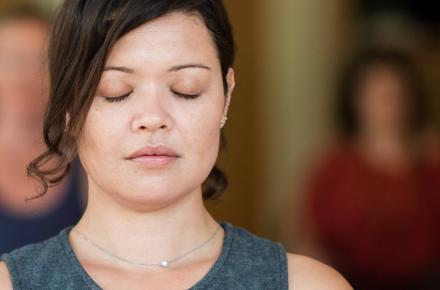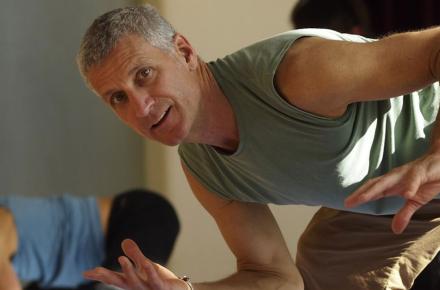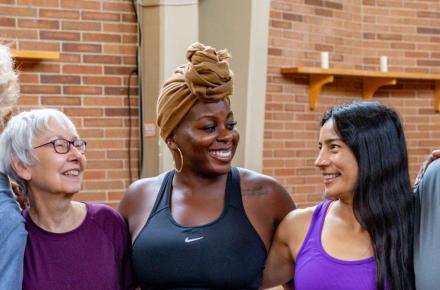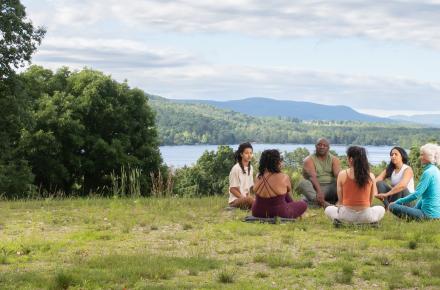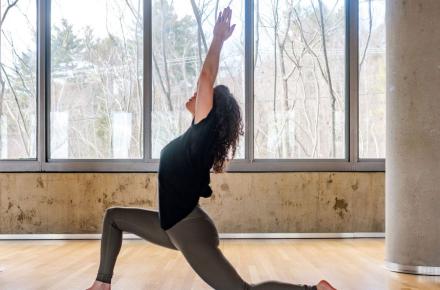The Five Koshas: The Layers of Our Being, and Our Journey Inwards


I remember some years ago, coming across an article written by a yoga teacher of mine entitled “What the Heck are the Koshas?” Googly-eyed me, a (not yet a teacher) yoga student and hungry for knowledge, I remember feeling very excited to read it and finally try to understand, quite literally, what “the heck” they were. The subject: “The Koshas” seemed daunting and confusing, another tricky concept of yogic philosophy, written in Sanskrit, that I would need years of training and selfless devotion (or lifetimes perhaps?) to begin to understand.
Quite a few teachers, articles, and many trainings later, I’ve grown fond of the koshas. I mention them and touch upon their meaning in many of my own workshops and trainings. I believe that they could be quite easy to understand. As in many spiritual paths or methodologies and their studies, the most profound teachings or concepts are actually the most simple. The koshas, see, we actually already know because they are within us, making up parts of us. We sense most of them daily—even without necessarily being able to define what they are. Therefore our relationship with them is experiential. And, of course, our experiences make up and form who we are.
The five koshas are (drum roll por favor!) the layers that make up our entire being. The word kosha translates to “sheath” and so they are (sort of) like Russian dolls, the sheaths that make up the complete “us." Our physical layer is the outermost layer, and our spirit, or our soul, is the innermost.
OK, calm down, take a breath, and do not worry. I will explain them now one by one.
1. Anamaya Kosha
The anamaya kosha is our most superficial layer, known as the “causal body,” our physical sheath. It is our muscles, bones, organs, and matter. It is what you can see and feel and touch, if not always by the naked eye, then under an equipped eye, such as under a microscope. This is the layer we are probably most easily aware of, as it is linked most closely to our sensory experience in this world—what we see, touch, etc. (i.e. you are definitely aware of your foot if it hurts). This kosha is most linked to our sense of survival, ego, and practical “runaround” in this world. But we are, I’m sure you’ll agree, not only our physical selves, now are we?
2. Pranayama Kosha
On a deeper level, the pranamaya kosha is our energetic body and breath, also known as the “subtle body." You probably know that prana is “life force energy,” the “chi” that runs through us. This is the prana layer, beyond the physical plane, one you cannot always measure even with the most advanced technological tools. Let me give you some examples: Imagine walking down a dark, lonely street at night when suddenly you start sensing danger. You get “that” feeling at the pit of your stomach, check your surroundings and start walking faster perhaps. Another example would be when you meet someone new but somehow feel connected to them. You may feel deep love for them or appreciation like you’ve known them forever. You can’t quite explain why this is so, but you feel like you just reconnected with an old friend. Those are examples of true and real experiences (I’m sure you’ve experienced them yourself!) but could you measure them using technological tools? Not quite. Does that make them any less real? Absolutely not. Perhaps it is a person’s aura you are feeling (their own energetic/pranic body) perhaps you are sensing energies of situations around you. These real, energetic experiences are all of this layer, and as I mentioned, so is your breath.
3. Manamaya Kosha
On a deeper layer (one more Russian doll inwards), we have two layers of the mind. The manamaya kosha, known as the “lower mind” and the vijnanamaya kosha, known as the “higher mind.” Good to note that although they are named “lower” and “higher,” one is not better than the other, both are essential to us just the same. The manamaya kosha is linked to the left side of the brain, the sympathetic nervous system, and the reactive part of our mind. It is linked to activity, our practical experience in the world, and our stresses. It is the part of the mind that recognizes our “self” as separate, as a unique being that needs to take care of itself in order to make it through this world well and alive. The lower mind is where your endless mind-chatter resides (yes, not to worry, you are not alone, we all have one!).
4. Vijnanamaya Kosha
The vijnanamaya kosha is linked to the right side of our brain, our parasympathetic nervous system, that part of your mind that could remain aware of the thoughts without getting caught up in them. It is the part of the mind we aim to activate in yogic practices like meditation. It is the part of your brain that watches, almost as if from an outside window looking in: “Why did I act or react this way? Why did I say that right then? Why do I still let it get to me this much?” This part of your mind sees you not as separated but connected to the entire universe and everything in it. It is the part of the brain which is genius, creative and all-loving.
5. Anandamaya Kosha
The deepest layer is the most exciting layer yet, the layer of bliss, unity, and the soul. Anandamaya kosha is when everything merges. All the layers become one and you too become one with the cosmic consciousness. Perhaps a hard notion to grasp, but when you “do the work” of yoga (for centuries), dive in through and beyond all of these layers, you can reach the seed of it all. Your Soul, your higher-Self, the pure light inside of you. You, as a part of the cosmic breath. Congratulations! You have finally arrived and are now ready to meet yourself. This seat is the best.
As with most concepts of this kind, it’s not quite so simple, but that is, in a nutshell, basically it. I could go on for much longer about this (but for now, don’t worry I won’t). Unlike Russian dolls, the layers intertwine in many ways, however, the main direction of a spiritual path will always flow from the outside moving in. The magic is inside of you, the spark is in your heart, the seat of your soul. The koshas, layer by layer, make up your being as a whole. In case you wondered, the word maya (at the end of each kosha name) means “a veil.” Our work, on a path towards bliss, is to unveil what is standing in our way of seeing ourselves as we are: the pure, egoless, inner light. Think about it; how calming is it to know that the ingredients are inside us, the magic is “built-in” we just don’t always get to see it through the sheaths. The layers are veils, the journey goes deep. On a yogic path, we draw inwards and unveil so we can bask in the bliss always shining within.

